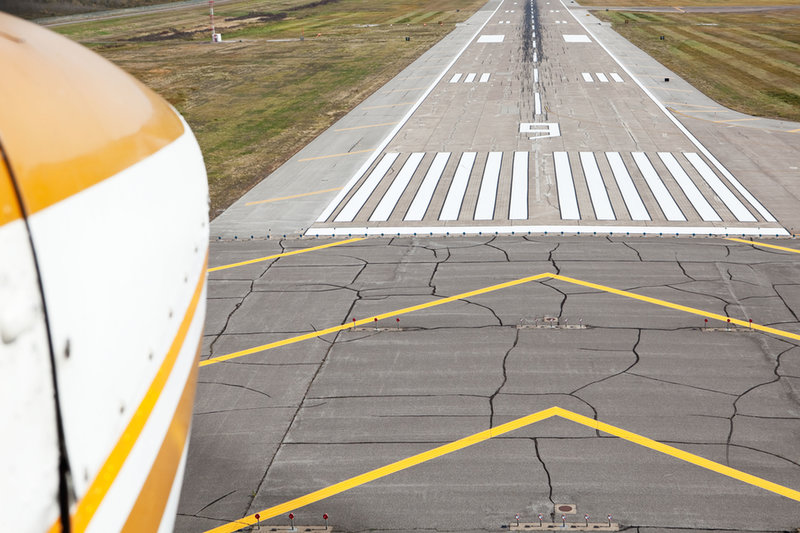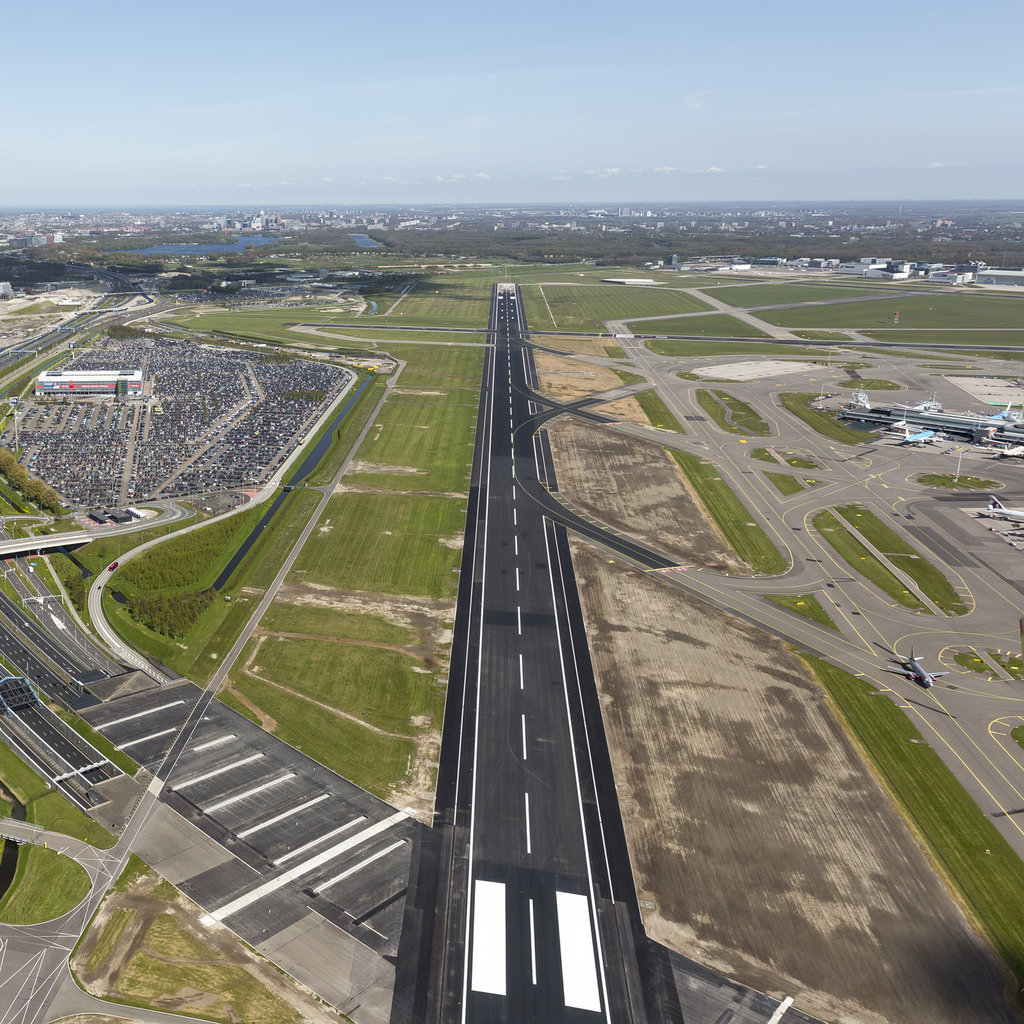Feature
How does maintenance change for runways coming to the end of their life cycle?
As airport runways near the end of their life, the need to increase maintenance regimes becomes increasingly important for safe operations. Kirstie Pickering investigates the heightened maintenance routines needed to keep these runways in operation.

The regular maintenance and review of runways is an essential piece in the puzzle to keeping passengers, crew, and airport staff safe. But does that task change when a runway is nearing the end of its life cycle?
Regular checks remain in place at airports with runways of this age and general maintenance is conducted as and when it is needed, or to a fixed schedule if it isn’t urgent.
This is a point emphasised by Jani Elasmaa, VP of Finavia, which is responsible for maintaining and developing Finland's airport network, including Helsinki Airport’s apron and runway operations. Elasmaa says runways at Finavia’s airports are routinely examined and continuously monitored on their condition – even hourly.
One sign of runway deformation, he says, is the slipperiness of its surface.
“If signs of runway deformation are detected, we begin repairs either immediately or schedule it as part of the runway’s life cycle management,” says Elasmaa. “In general, we do runway maintenance work every summer in at least one of our airports [Finavia is responsible for 20 airports in Finland].
“The renovations and maintenance work are guided by a yearly schedule. For example, we do yearly checks in the spring and autumn to prepare for the summer and winter travel seasons, respectively.”
Runway life cycles
The life cycle of an airport runway differs depending on multiple factors – the weight of the aircraft using the runways; the climate, as locations that experience extreme seasons put more stress on their runways; and the frequency of usage. For a majority of airports, this life cycle tends to be eight to twelve years.
Heathrow Airport, for example, is currently undertaking full-length resurfacing work on each of its runways and does so approximately every ten years. On the other hand, Rangaraja Iyengar, CEO of low-cost aircraft manufacturer Aerodyne Aero, notes that Elstree Aerodrome, a General Aviation airfield located north of London, UK, has never had to replace the runway – likely, he says, because the landing pressure is much less with helicopters and planes do not regularly arrive at the hub.
Such efforts minimise additional maintenance efforts required as a runway nears the end of its life cycle – and less maintenance work has added bonus of being friendlier to the environment, too.
“Most runways are made from tarmac, so the key things to look out for when a runway is nearing the end of its life cycle are the stones and chips coming off the surface,” says Iyengar.
“Failure to notice this could lead to the likelihood of engines getting damaged and in the situation that this occurs, the cost is likely to be substantial. For example, if a stone goes into a jet engine, the cost to replace a 737 engine costs more than $12m.”

Schiphol Group has recently updated its maintenance strategy for Schiphol Airport.
In November, Schiphol Group published its new runway maintenance strategy. Previously, Schiphol carried out maintenance only when a runway had reached the end of its life cycle. Every one to two years, runways at Schiphol Airport were often unavailable because they carried out other types of work that were not planned simultaneously – and this meant the airport had to adjust runway use more frequently than was necessary.
In addition, air traffic at Schiphol continued to increase and the runways reached the end of their working life more quickly, putting more pressure on maintenance teams.
Now, Schiphol carries out all necessary maintenance work as and when required and doesn’t determine the timing of the work solely on the basis of the runway lifespan. This means the runways are out of use less frequently and could mean that some parts of the runway are not yet at the end of their useful life when maintenance is done.
Sticking to a schedule
So, do maintenance efforts for a runway ending its life cycle generally differ from a normal schedule? Ultimately, they don’t. Airports work to a fixed schedule of resurfacing a runway, such as every ten years, ensuring that the runway remains safe and operational in the meantime. The exception, of course, is in an emergency situation.
“If the surface starts to deteriorate more than 30%, it would be smarter to start fixing and replacing before further damage takes place,” explains Iyengar.
The key areas of maintenance for most runways include removing rubber from the runway, cleaning and replacing light systems, repainting runway markings, checking for foreign objects; and evaluating the structural integrity of the runway itself while looking for potential issues that need urgent repairs, such as cracks. This list is not exhaustive and differs from airport to airport.
Close cooperation and coordination with partners is crucial right from the start.
When finessing and maintaining a schedule of maintenance for a runway reaching its end of use, Elasmaa says scope in project management is essential.
“It’s vital to keep track of what was done during a renovation project, when it was done and how,” he says. “This way, the runway’s life cycle can be measured and defined, which helps in planning for future renovation projects.
“Close cooperation and coordination with partners is crucial right from the start – active communication with stakeholders must also not be forgotten. Airlines and other parties using the airport should know of the planned maintenance works and their possible effects early on.”